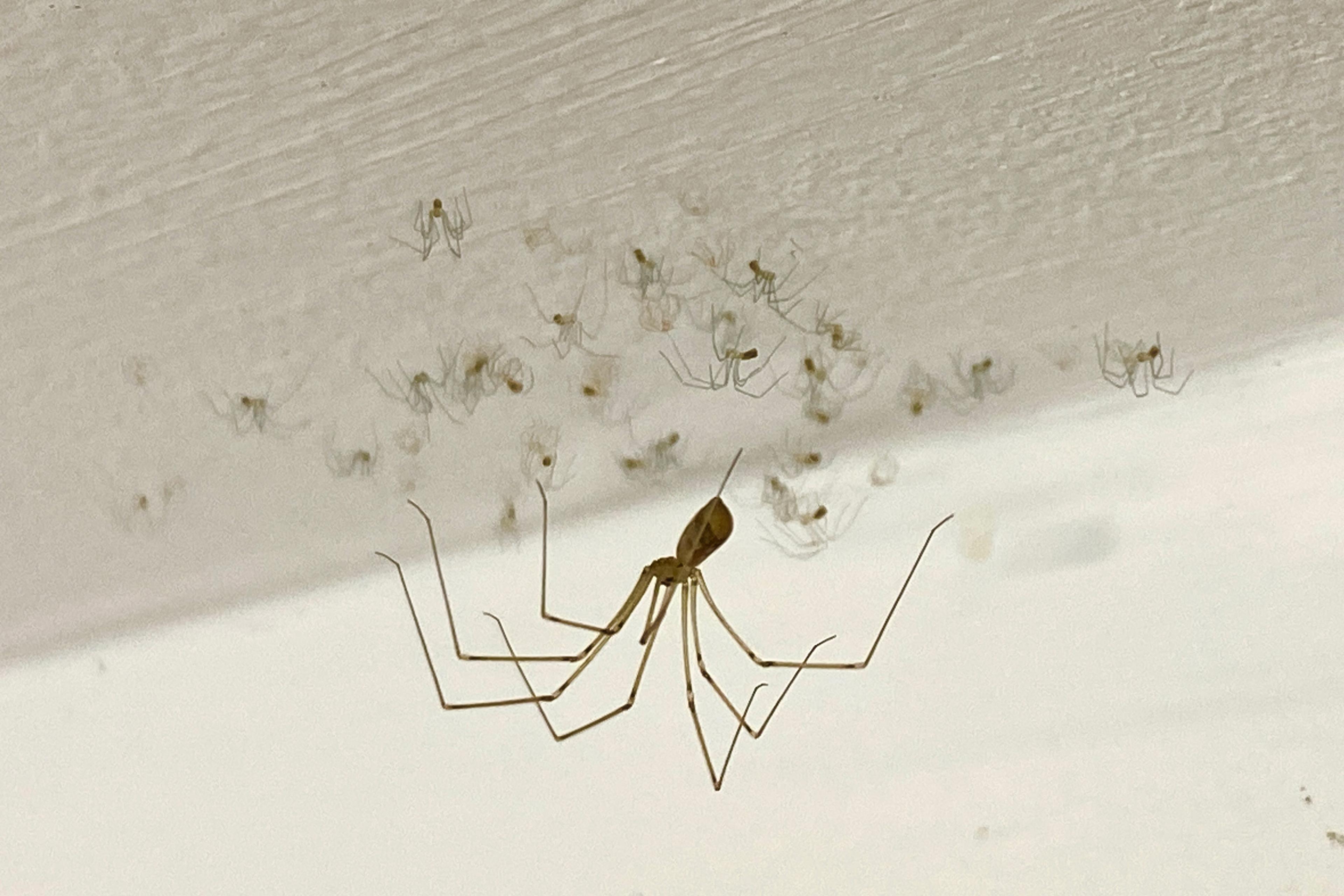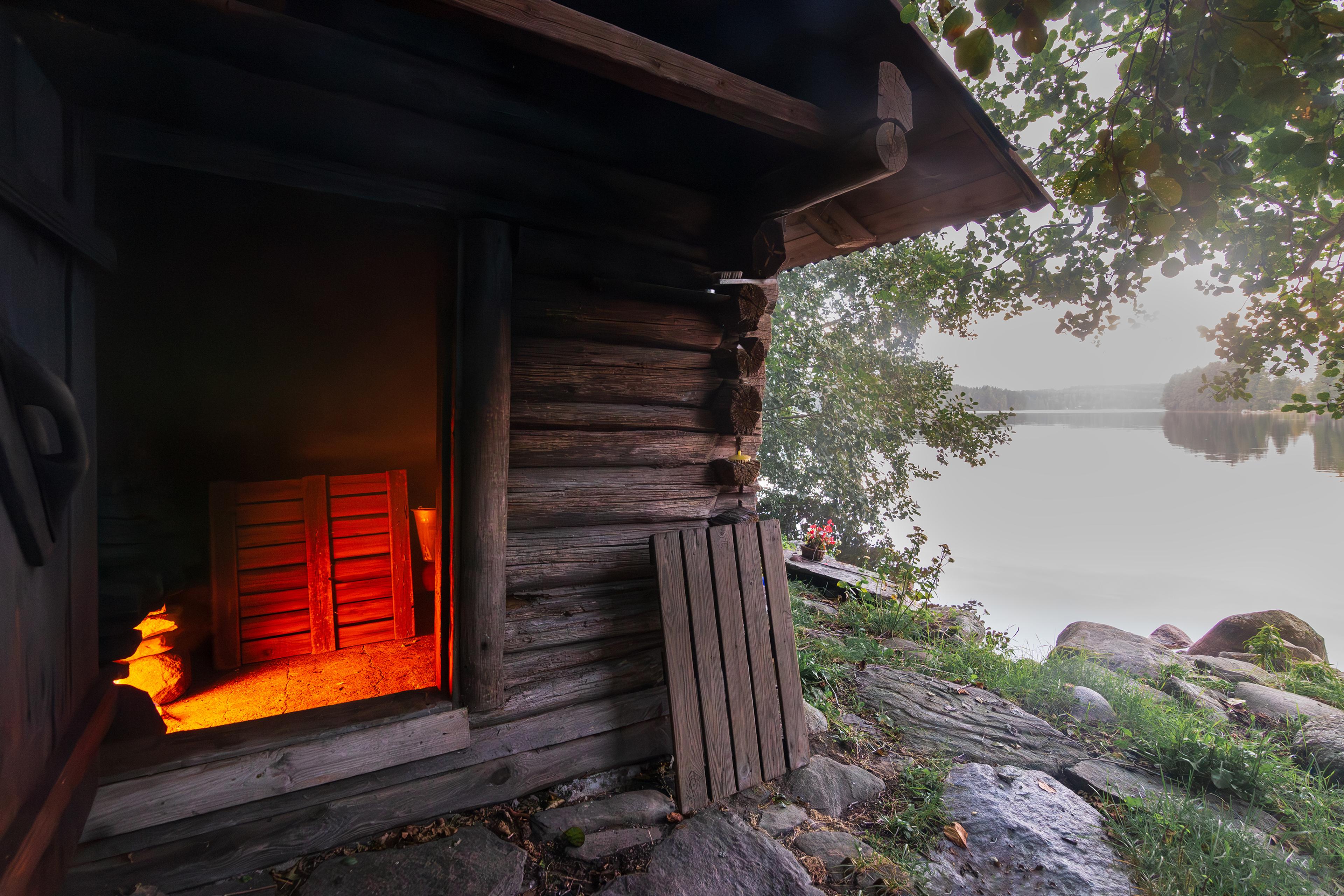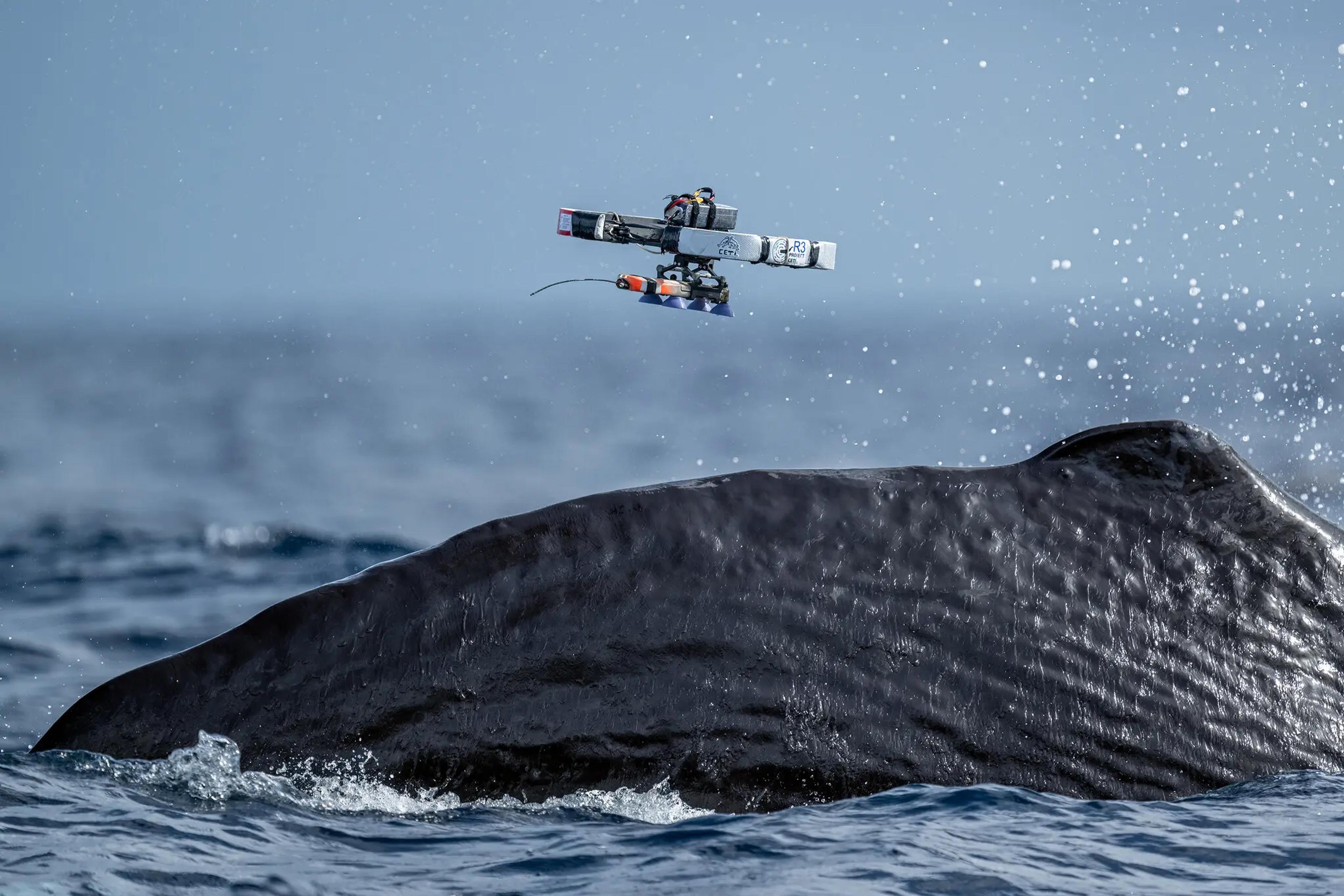The Bass Rock is a small volcanic island just off the east coast of Scotland. Prominent in the Scottish imagination for its steep terrain and location in the Firth of Forth near Edinburgh, the island has had a sparse and intermittent human population across the centuries. Its most notable and sustained inhabitants are the northern gannets that have dwelled on the island’s jagged cliffs throughout recorded history. With a population of roughly 150,000 birds, their colony is the largest in the world.
The English naturalist June Nelson is one of the few people who have lived on the Bass Rock. For three years in the early 1960s, she and her late husband, the ornithologist Bryan Nelson, who was researching gannets at the University of Oxford, made the island their makeshift home. Living and working out of a small, derelict chapel, they dedicated themselves to observing and recording the behaviours and ecology of the birds. The then-newlyweds had little contact with the outside world, but forged a happy life together, thriving in conditions most would find gruelling.
In the short documentary Life on the Rocks, Nelson revisits her full and focused years on the Bass Rock. Combining sweeping, cinematic black-and-white shots of the island with a string score, the UK director George Pretty crafts a poignant account of Nelson’s cherished time there, as well as her emotional return. Mining Nelson’s memories and old photographs, the film explores how the husband-and-wife team found happiness on this peculiar patch of Earth, and among its many avian inhabitants. But, more than just a fondness for the past, Nelson communicates an impassioned urgency to protect the plummeting global sea-bird population – which has declined by 70 per cent in her lifetime – asking ‘What right have we to deprive [future generations] of this wonderful place?’
Written by Adam D’Arpino







